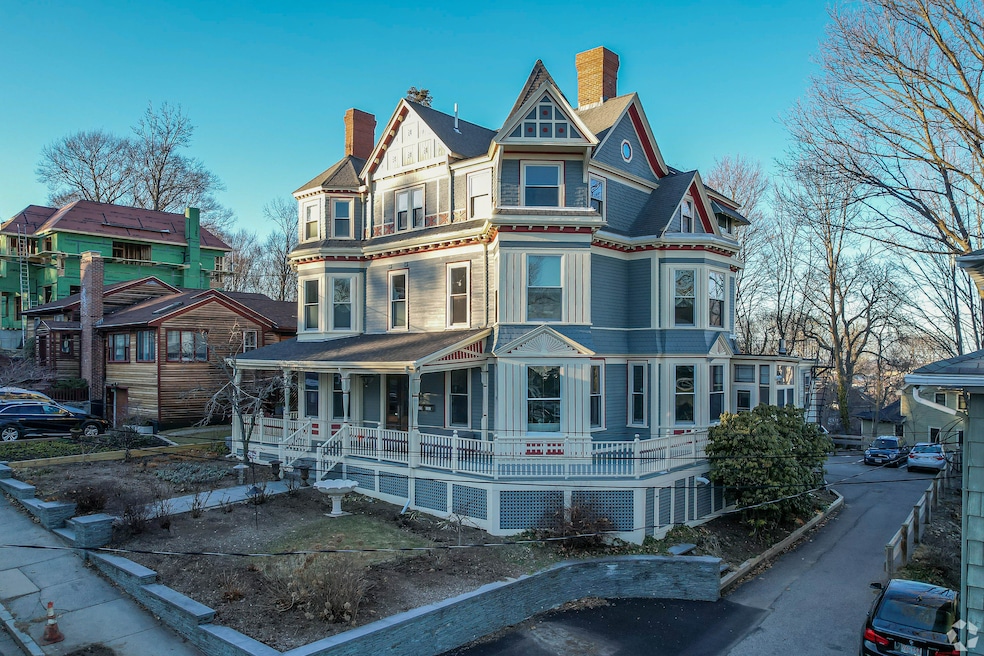Video taken by a drone is increasingly common on websites selling homes, as the technology allows sellers to market distinctive features and gives buyers a better feel for what the property will be like.
“Using drones in real estate marketing allows you to show the property from many unique angles, allowing the prospective buyer to view not only the house, the roof and yard, but also the surrounding neighborhood and views,” the National Association of Realtors said on its website.
Views of the surroundings: A drone video can help emphasize aspects of a home's surroundings, such as landscaping and outdoor amenities like fireplaces and pools. It can also provide an aerial view of features in the neighborhood, like parks and playgrounds, and approaches from them to the listed property, such as long driveways.
“It will give you a unique perspective of the house that will attract more people,” Steve Lee, a photographer with CoStar, the parent company of Homes.com, said in an interview. “It gives you a lot of information you just cannot get from ground-level footage. A lot of it is scale: how big or small things are and how close or far you are from them.”
Architectural highlights: From the ground, it may be hard to capture images of distinctive rooflines and other architectural details. Drone technology is particularly useful to capture highlights of houses that are larger than average.
Virtual tours: A seller's agent can even use a drone to provide a virtual tour of hard-to-reach areas of a building's interior, like an attic or spaces near high ceilings. Don't confuse this with so-called digital twin technology, which uses cameras and other gear to create 3-D representations of a space, allowing prospective buyers to walk through the home virtually and explore it from their device.
Be cautious about drone use
Some experts say not to rely too much on video made with drones, especially with small houses or in neighborhoods in which the homes are clustered closely together.
“Small homes on small lots don’t really need this technology. In fact, I’ve seen it occasionally work against those homes,” Jeff Zahniser, owner of MidMichigan Image, said in an article on the Greater Lansing Multiple Listing Service website. The seller doesn’t want to emphasize how close houses are to one another, for example.
Drones can also inadvertently capture images of neighboring properties and people, which can raise privacy issues. Sellers or their agents should get permission from the owners of homes next door before operating a drone if the device is likely to stray onto their properties or if their houses may appear in the video, according to Rhode Island law firm Sayer Regan & Thayer. Commercial drone operators need to have a license from the Federal Aviation Administration, which has restrictions on their use.
There are also limits on how useful drone footage can be inside a residence, Lee said. It may be compelling to film from a cathedral ceiling or to emphasize a great view of the beach or a distant downtown skyline from within the home. But inside most houses, he said, a traditional camera can accomplish the same things.
“I don’t even know how safe it would be to fly a drone inside my house,” he said.
